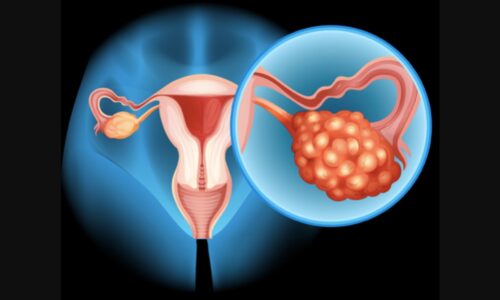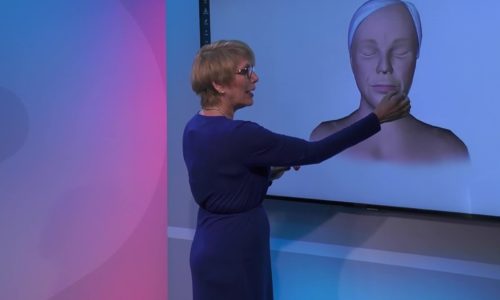How can I prevent skin cancer? |

Skin cancer is the most common form of cancer in the United States, occurring in over two million people each year. Three of the most common types of skin cancer are squamous cell carcinoma, basal cell carcinoma, and melanoma. Last article, characteristic features of each of these were described in order to help alert you to the possibility that you may have developed a skin cancer. This week we’ll look at how these common forms of skin cancer are treated and learn how to reduce your risk of developing skin cancer.
Treatment of non-melanoma skin cancers. Squamous Cell Skin Cancer (SCC) and Basal Cell Skin Cancers (BCC) are the two primary types of non-melanoma skin cancer. Unlike melanomas, these two types of skin cancer typically remain confined to a primary site and rarely spread. When detected at an early stage and removed promptly, both of these are almost always curable. Treatment methods for these two types of skin cancer are similar and are described below:
Mohs micrographic surgery—This form of treatment results in a near 100% cure rate for SCC and BCC. It can be performed on an outpatient basis and usually requires only local anesthesia. Mohs surgery involves removal of visible tumor along with a thin rim of apparently normal tissue using a scapel or surgical curette. The tissue is examined under a microscope immediately afterward to determine if the tumor was completely removed. If not, the procedure is repeated until the microscopic specimens are tumor-free. The surgical wound can then be sutured (stitched) or left to heal naturally.
Excisional Surgery—This is similar to Mohs surgery in that the tumor is removed surgically, but the microscopic examination is not performed. As a result, residual tumor may remain which reduces the cure rate as compared to Mohs surgery.
Electrodessication and Curettage (ED&C) —Following administration of a local anesthetic, the cancerous lesion is “scraped off” using a sharp instrument called a curette. Then the tumor bed is “burned” using an electrical current which helps to destroy any remaining cancer cells. This technique works best with skin cancers that are more superficial and have not penetrated the deeper layers of the skin.
Cryosurgery—Commonly known as “freezing”, cryosurgery involves the application of liquid nitrogen using an applicator or spray device. In this procedure, no cutting, suturing or anesthesia is required. The cancerous growth is frozen which destroys the tumor cells. After a few weeks the dead tissue falls off and the skin heals on its own. Like ED&C, this procedure is best performed on fairly superficial lesions.
Topical medications—Imiquimod and 5-Fluorouracil (5-FU) have FDA-approval for use in treating superficial basal cell skin cancers but not for treating squamous cell skin cancers. These medications are also approved for treating actinic keratoses (AK’s) of which 10% progress to become squamous cell cancers.
Photodynamic Therapy (PDT) may be used for treating AKs or superficial basal cell skin cancers. This form of treatment involves the use of a photosensitizing drug (one that becomes active when exposed to light) along with a light source. In the U.S., the most common photosensitizing drug for this purpose is aminolevulinic acid (ALA) which is marketed under the trade name Levulan®. When absorbed by the skin lesion, the cells become highly sensitive to light. With exposure to FDA-approved light sources a reaction occurs that destroys the abnormal cells.
Treatment of Melanoma Skin Cancers. Melanoma is the most serious type of skin cancer. Treatment in almost all cases begins with surgical excision, typically including a margin of apparently normal skin to insure that the lesion is removed entirely. Beyond surgical excision, treatment depends on the “stage” or extent of involvement of the cancer. In the more advanced stages, the tumor can invade deeply, spread to lymph nodes, or even metastasize to other areas of the body. For the least serious type of melanoma skin cancers (Stage 1), wide surgical excision may be all the treatment that is necessary. The outcome of treatment in these cases may be enhanced by using the Mohs technique. For higher stages, treatment may include chemotherapy, radiation therapy, immunotherapy, and targeted therapy. An example of targeted therapy involves the use of a drug, e.g. vemurafenib (Zelboraf) that attacks certain proteins in the tumor, leading to its destruction. While most Stage 1 melanoma patients can be cured, the 5-year survival rate for a Stage 4 melanoma patient is about 15% to 20%.
Reducing the risk of developing skin cancer. The development of most types of skin cancer is directly related to damage from exposure to ultraviolet (UV) radiation from the sun. Here are some suggestions for minimizing exposure to these harmful rays:
- Avoid being in the sun during the peak hours for UV exposure between 10 AM and 4PM. Don’t forget that snow and water can concentrate the sun’s rays and increase the risk of burning.
- If sun exposure is unavoidable, use a broad spectrum sunscreen that is effective against UVA and UVB radiation with a SPF of 30 or higher.
- For extra protection wear long sleeves and long pants and a wide-brimmed hat.
- Avoid tanning beds or lights. Despite claims of tanning bed companies and booths, the radiation (predominantly UVA) in the lights that they use increases your risk of developing AKs and skin cancer.
In order to detect AKs or skin cancer in their earliest stages, check your skin regularly and let your doctor know if you notice any suspicious lesions. Look particularly for changes in existing moles or for the development of new skin growths.
If you have any more questions just Ask Hanna, our health advisors are here to help.
Image: ©Shutterstock / wavebreakmedia








